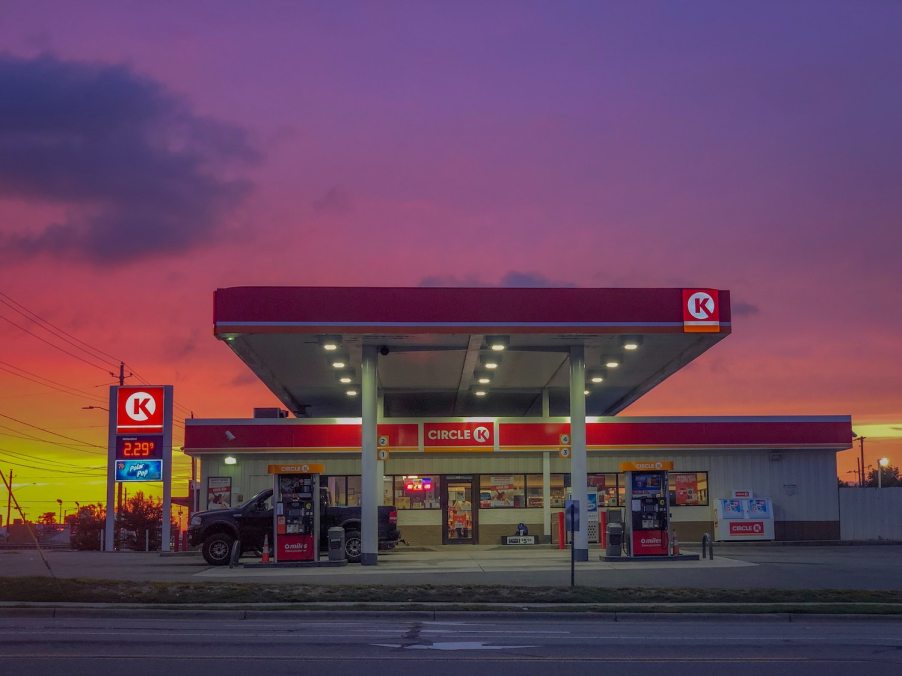
5 Ways to Maximize Your Tank of Fuel According to Consumer Reports
Fuel economy is on virtually everyone’s mind right now. With gas prices continuing to rise and consistently spiking at all-time highs, people are scrambling to get their hands on more fuel-efficient vehicles. However, many folks aren’t in a position to buy a car but could still benefit from tips for improving fuel efficiency. Here are five ways to make the best use of a tank of fuel.
Save money upfront and find cheaper gas

Consumer Reports advises using an app like GasBuddy to plan what gas station you’ll purchase your fuel from. This can be extremely beneficial in saving you money at the pump. If your commutes require a lot of miles, savings can stack up fast!
Of course, getting a Costco or Sam’s Club membership, assuming you have one with a fuel station nearby, can save you tons of money in the long run if you use a lot of fuel. Many delivery and rideshare drivers swear by saving hundreds of dollars thanks to filling up at Costco or Sam’s Club.
Correct bad driving habits

Aside from potential run-ins with the law, speeding can actually cost you quite a bit of fuel, too. Many vehicles see a substantial decrease in fuel efficiency past around 60 miles per hour. CR tests found that dropping from 65 mph to 55 mph saw a resulting fuel economy increase of eight miles per gallon in a Toyota RAV4.
Effectively, CR equates cruising at 75 mph instead of 55 mph and decreases fuel economy enough to effectively net the same results as driving an SUV instead of a compact car. Driving under the speed limit can also be dangerous, though. However, sticking to the speed limit if you routinely go five to 10 mph over could net impressive fuel efficiency gains.
Another improvement can come from making a point to drive smoothly and carefully. Hard acceleration and sudden deceleration (thus requiring more acceleration) can deviate a car’s fuel economy by a few miles per gallon. Smooth, consistent driving can easily extend the life of your tank of fuel.
Take aerodynamics into consideration
You don’t have to go as far as covering your entire vehicle with tape. However, one can take a couple of aerodynamic considerations to improve fuel economy.
For instance, if your vehicle has something like a removable roof rack up top, removing it can substantially increase fuel economy. CR says that driving with an empty roof rack can still cost a handful of mpg. Additionally, carrying bikes, roof boxes, kayaks, or other cargo around when not necessary could be eating away at your tank of fuel.
Make sure you’re using the proper fuel

Some people put premium gasoline in their vehicle even if they don’t need it because they think it’s better for the engine. However, an engine’s necessary octane rating comes from things like compression ratios and aspiration. Check your vehicle’s owner’s manual or the inside of the gas door.
If it says “unleaded fuel,” that means you’re OK to put standard 87 octane gasoline or whatever the “regular” rating is at your local gas station. Additionally, if it says premium fuel is recommended, that likely means that it’s optional. If you don’t drive your vehicle hard and the manufacturer doesn’t state that premium fuel is a requirement, you’re still fine to use a lower octane.
However, owners should not use lower octane fuels on vehicles that say premium fuel is required. In many cases, doing so can void a car’s warranty. Worse yet, running lower octane fuel than is required can cause engine damage.
Check your tire pressure

Tires can lose up to one PSI of pressure per month. Furthermore, slow leaks in tires may not be all that noticeable. However, they could be costing you at the pumps.
It’s best to check that your tires are properly inflated at least once a month. Be sure to check your owner’s manual or door tags for recommended tire pressure.
For those looking for a few bonus mpg, the tire on your vehicle should have a maximum pressure rating written on the side. Bumping the tire pressure up closer to that number can net increases in fuel economy. Never exceed the maximum pressure rating. Also, keep in mind that this technique is done at your own risk.
It’s best to keep your tire pressure at your vehicle manufacturer’s recommendation if you’re not too familiar with messing with tire pressure.
Ready, set, save!
These are just a handful of free and easy ways to ensure you are getting the best possible fuel economy to maximize your tank of fuel.
Just remember these simple things and try to remain calm behind the wheel. Careful driving is your best way to see an increase in fuel economy.



